As an artist, I am always acutely aware of colour. It is one of the most important elements in any painting and can completely change the feel and message of a piece. Throughout history, artists have used colour in different ways to create unique effects. I am fascinated by the ways in which different artists have used colour over the centuries. I believe that it is one of the most important aspects of any w8ork of art and can completely change its meaning.
In my opinion, some of the most important and influential artists of all time are Lawren Harris, Vincent van Gogh, and Claude Monet. I admire their work immensely and believe that their paintings have had a profound impact on the course of art history. There are, of course, many other artists who I also admire greatly, but these three are definitely among my favourites.
Early painters such as the Group of Seven were known for their use of bright, vibrant colours. They wanted to capture the beauty of the Canadian landscape and did so by using bold hues to create an intense sense of light and space.
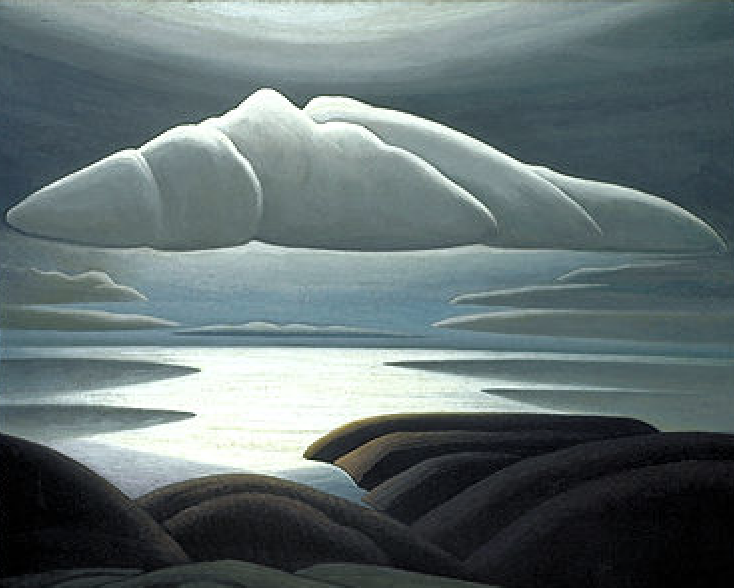
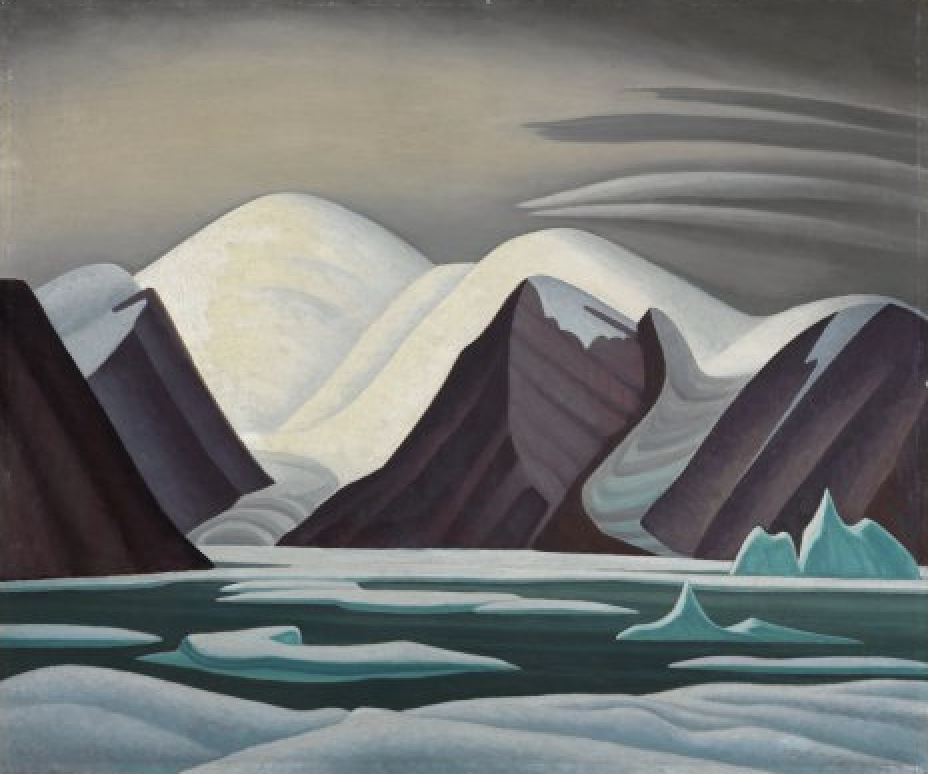
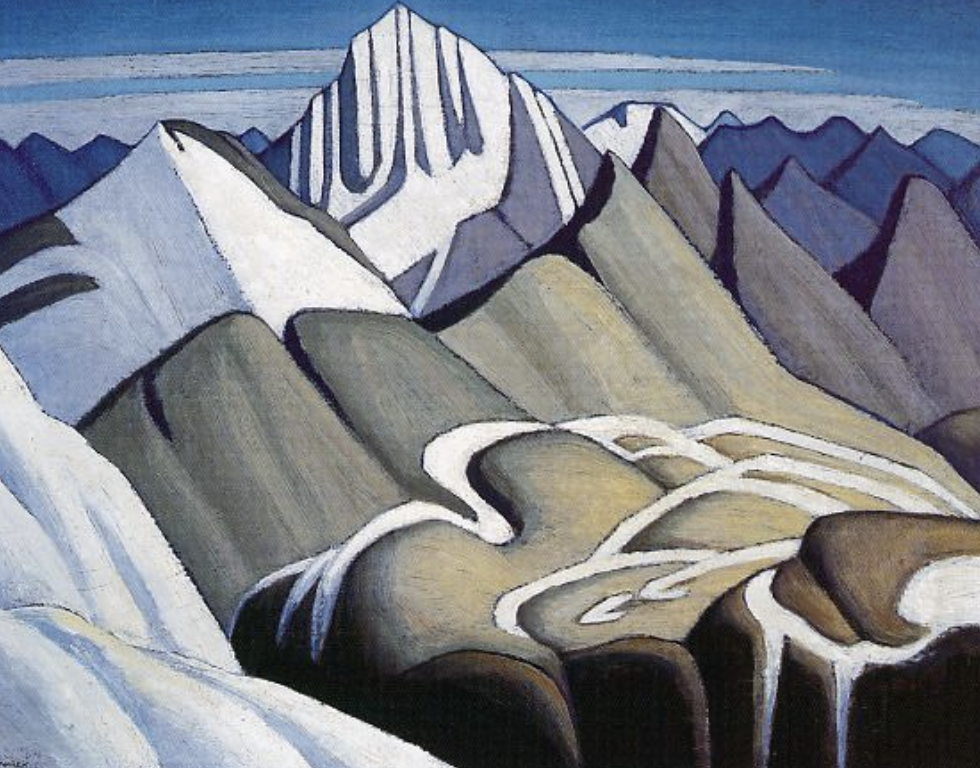
Paintings by Lawren Stewart Harris
Lawren Harris
One of my favourite artists, Lawren Harris. His work is characterized by its clean lines, strong compositions, and luminous colours. His paintings are often compared to the work of European modernists such as Paul Cezanne and Piet Mondrian. However, Harris was not influenced by European art movements; rather, he developed his own unique style that was strongly influenced by the Canadian landscape.
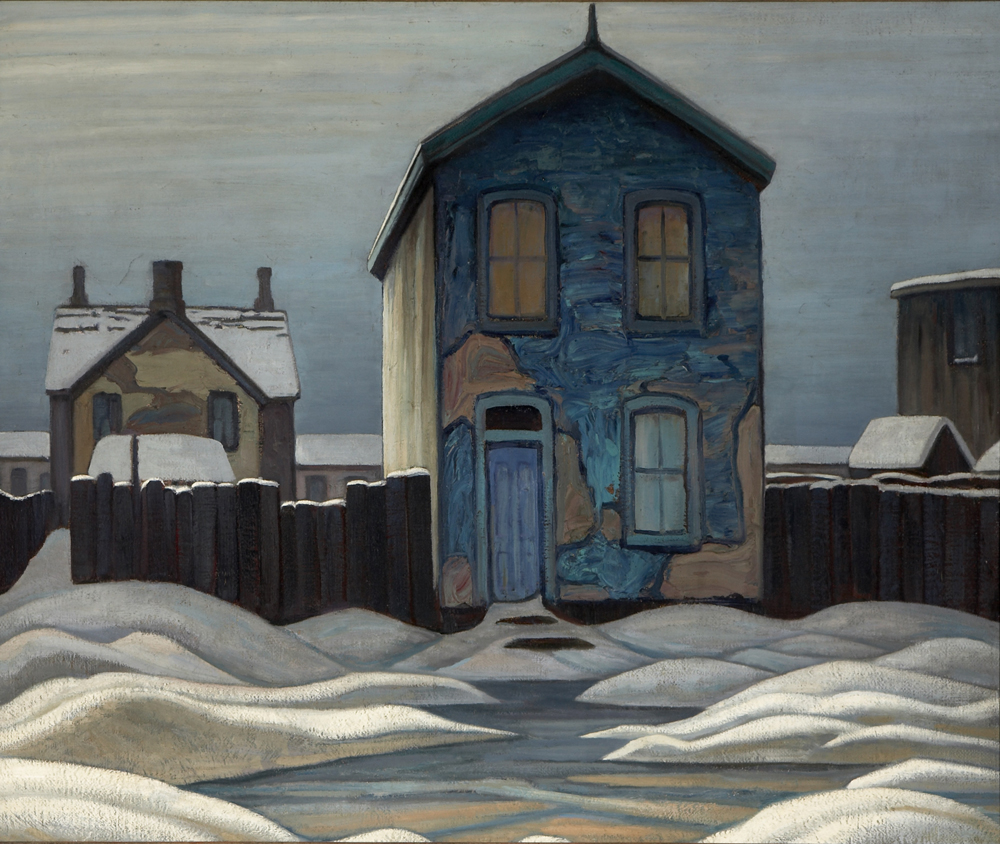
“Grey Day” by Lawren Harris
Harris’s work is sometimes referred to as “Canadian abstract expressionism.” This label is inaccurate, as Harris’s work does not fit neatly into any one artistic category. However, it does reflect the fact that Harris was one of the first Canadian artists to experiment with abstraction.
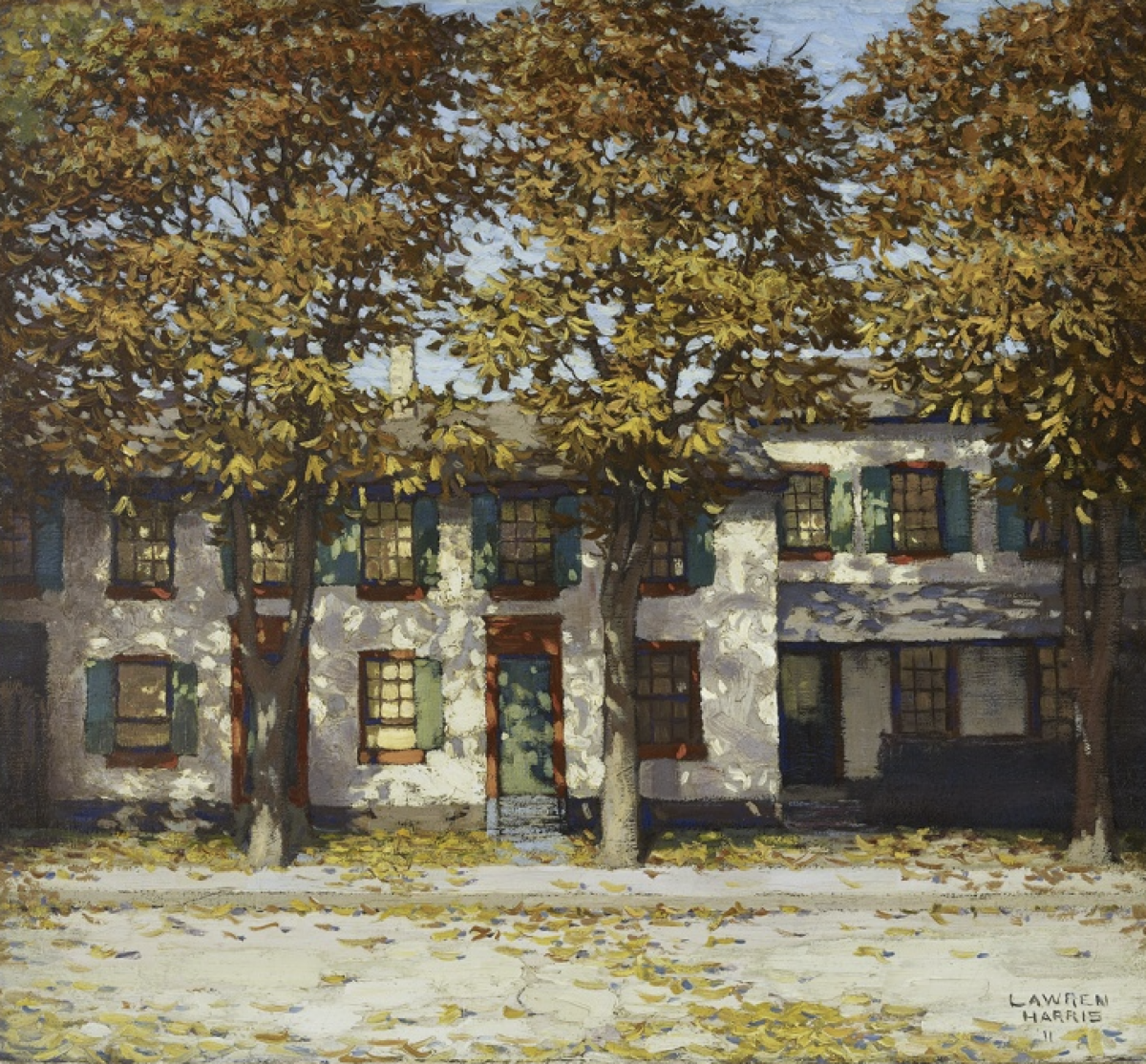
In 1911, Lawren S. Harris created his earlier work “Houses, Richmond Street,” an oil on canvas painting measuring 61.1 x 66.6 cm.
Harris’s early work was representational, and often featured landscapes of the Canadian Rockies. In these paintings, Harris sought to capture the spiritual qualities of the landscape. He later began to experiment with abstraction, and his mature work is characterized by simplified forms and bold colours.
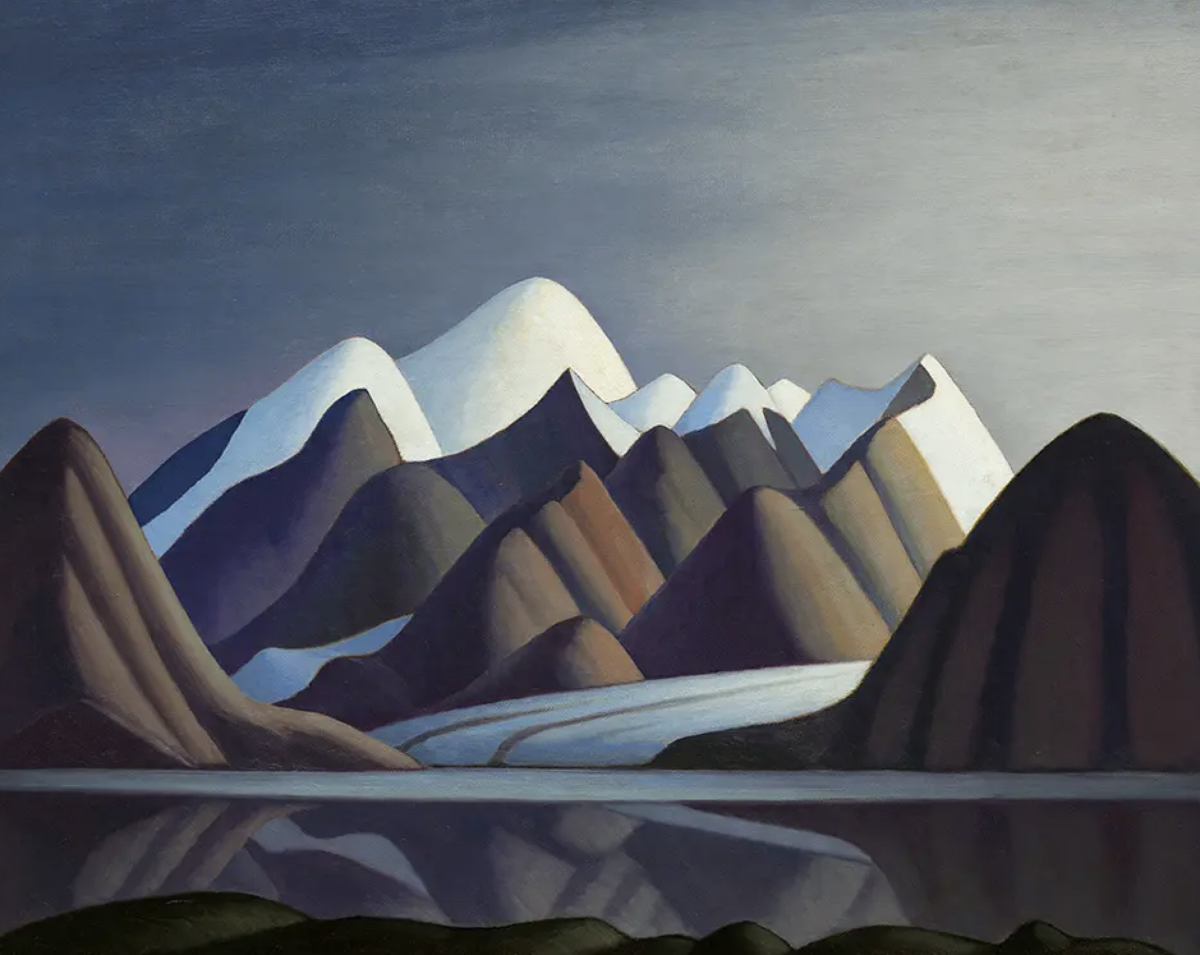
Mount Thule, Bylot Island, 1930 by Lawren Harris
Harris was a member of the Group of Seven, a group of Canadian artists who championed a distinctly Canadian form of painting. The Group of Seven’s goal was to create a new type of art that would be distinctly Canadian. Their paintings often featured stark, uninhabited landscapes, and their style was influenced by both European modernism and Japanese woodblock prints.
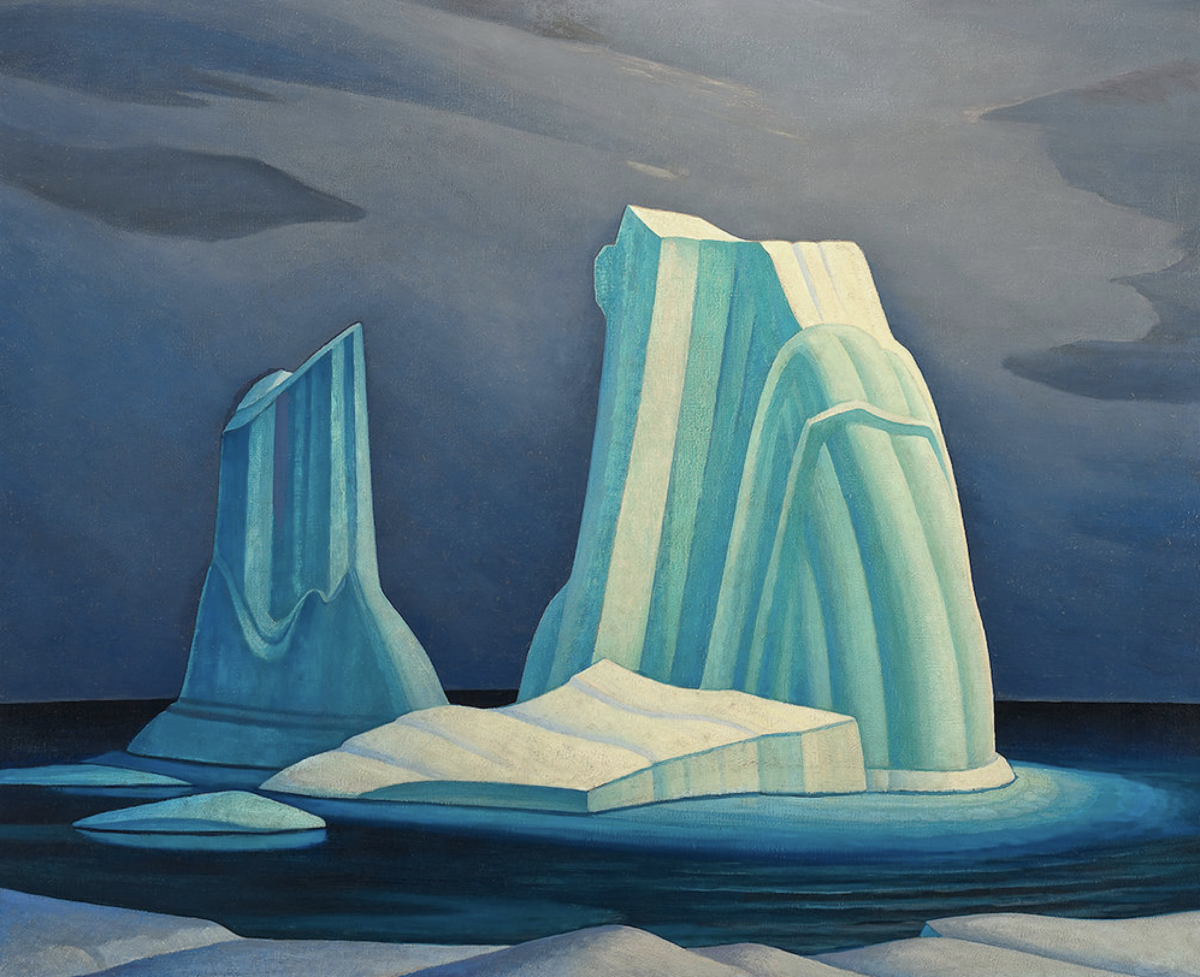
“Icebergs Davis Straight” by Lawren Harris
Lawren Stewart Harris, an esteemed artist, spent his later years in Vancouver, British Columbia. In 1970, at the age of 84, he passed away. His final resting place is now at the McMichael Canadian Art Collection in Kleinburg, Canada, which serves as the primary repository for his rich artistic legacy. Harris played a pivotal role in the art world as the driving force and founding member of the Group of Seven, serving as the inaugural president of the Canadian Group of Painters. His artwork has been prominently featured in exhibitions across Canada and internationally, and his paintings grace the collections of several prestigious museums, including the National Gallery of Canada, the Art Gallery of Ontario, and the Museum of Modern Art in New York.
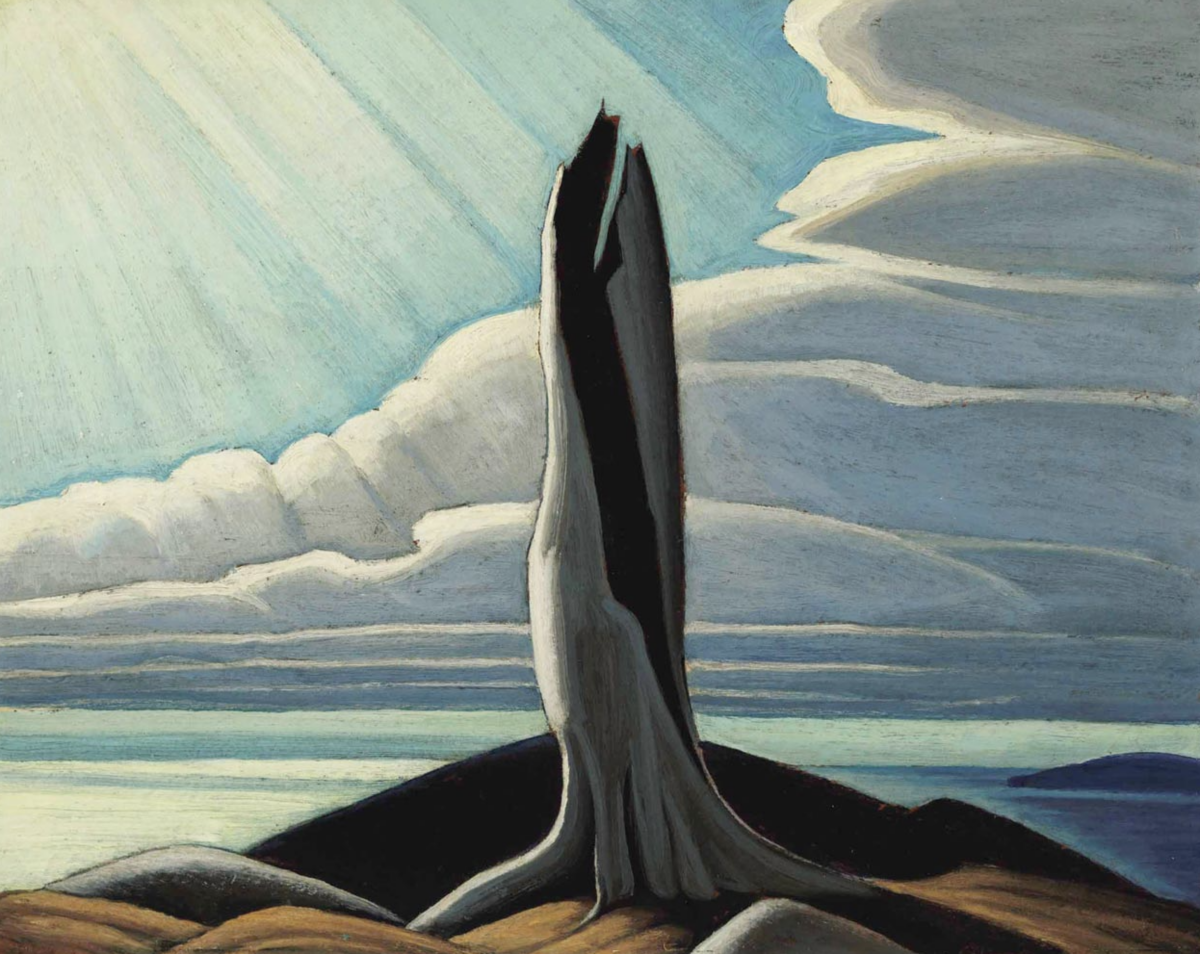
The Old Stump, Lake Superior is the oil sketch Lawren Harris completed for his masterpiece North Shore, Lake Superior.
Vincent van Gogh
Vincent van Gogh was another artist who was fascinated by colour. He famously used yellow paint to depict sunlight in his paintings, giving them an otherworldly glow.
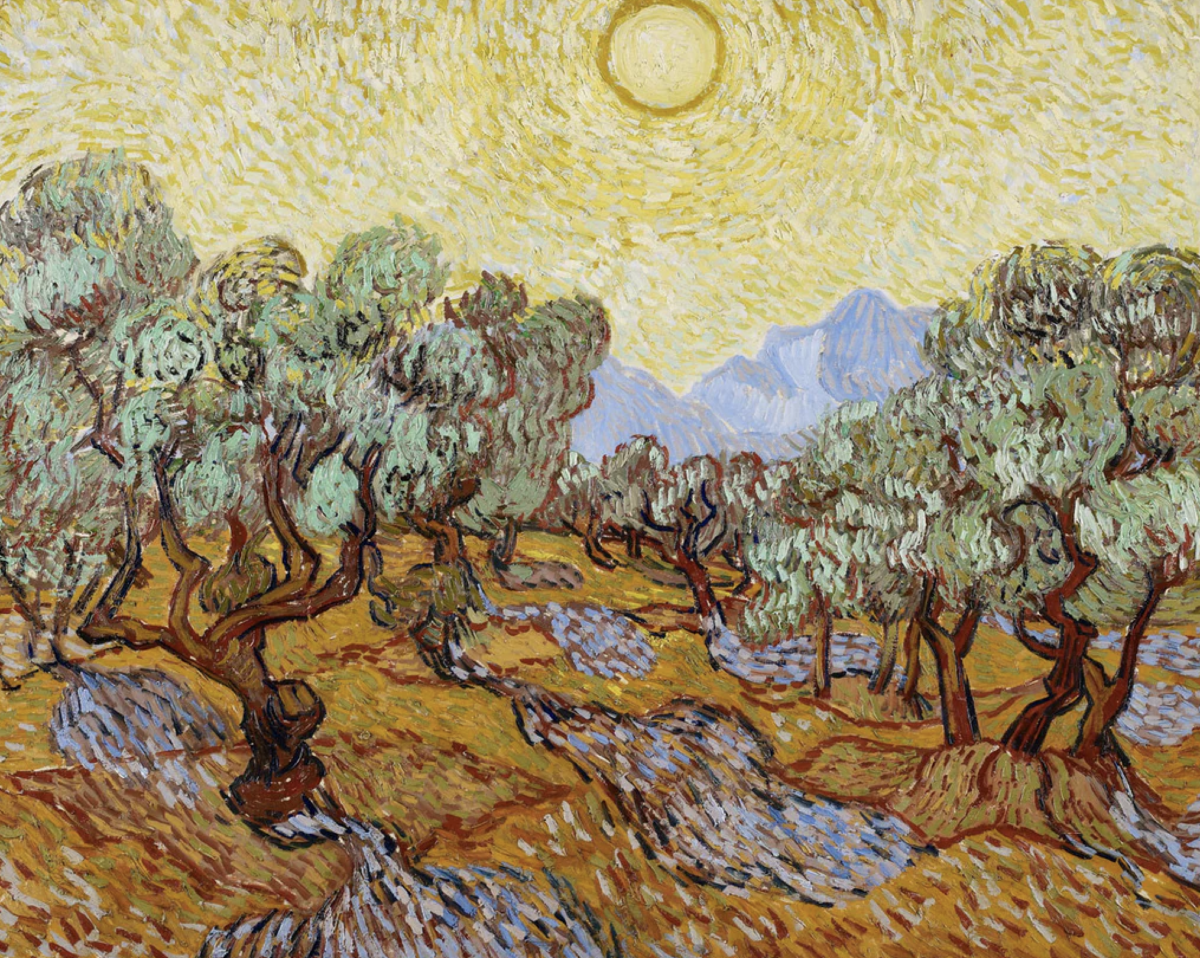
Olive Trees, 1889 (oil on canvas), Gogh, Vincent van (1853-90)
Van Gogh was a post-Impressionist artist, and his work was heavily influenced by the Impressionists. However, he took their ideas about colour and light one step further. For van Gogh, colour was not just a way to depict light; it was also a way to express emotions. He once said that “colour expresses something in itself. . . .” This quote reflects van Gogh’s belief that colours have their own inherent meanings and can be used to convey emotions.
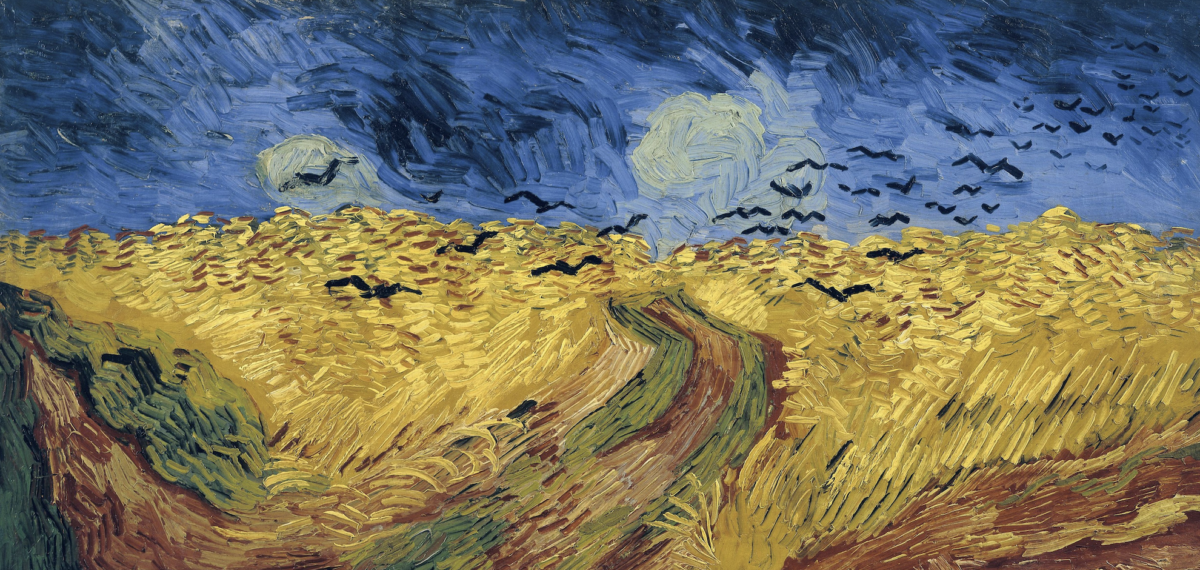
Wheatfield with crows by Vincent van Gogh, July 1990
Van Gogh’s use of colour was unconventional and often jarring. He frequently combined contrasting colours in his paintings, such as yellow and blue or red and green. This created a sense of tension and drama in his work. Van Gogh was also known for his use of bright, primary colours. He believed that these colours were the most powerful and expressive.
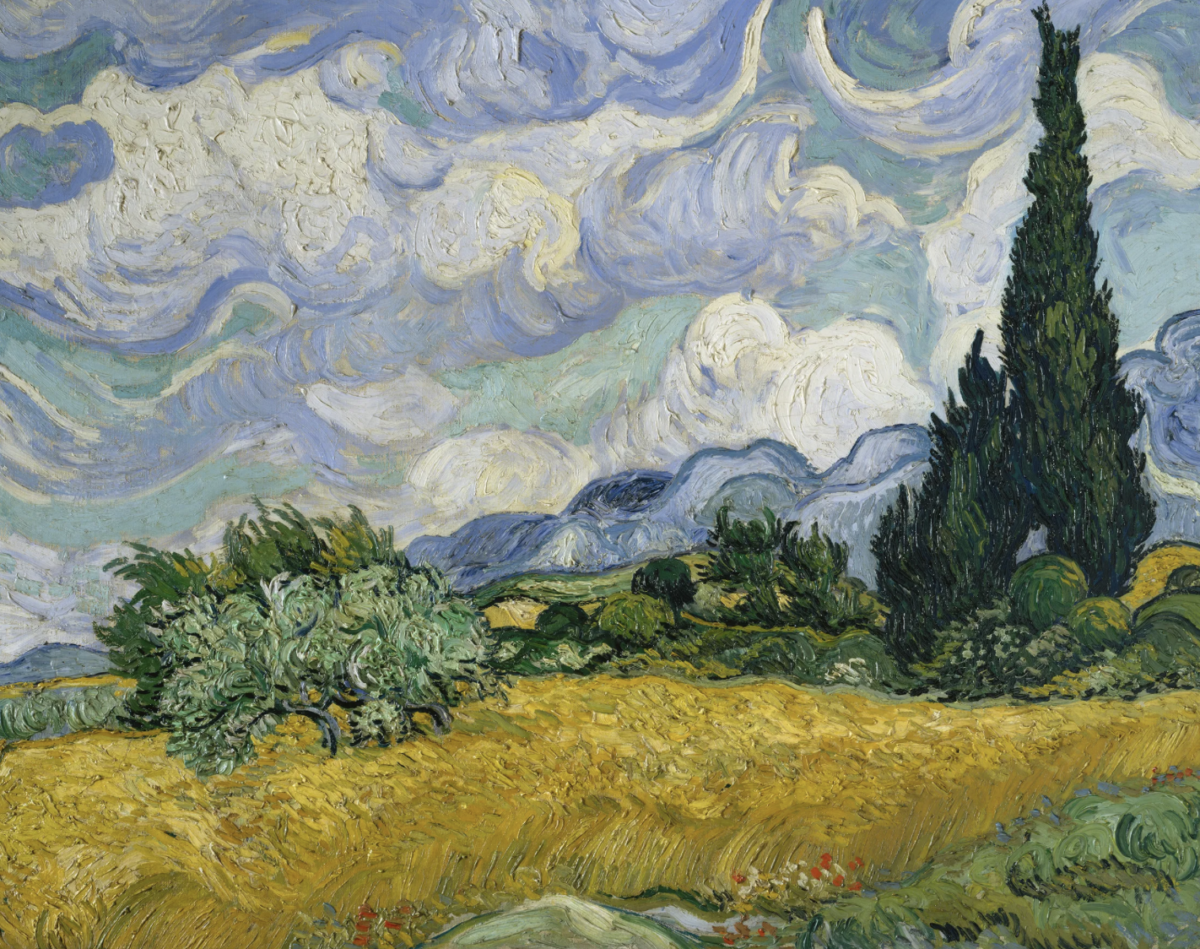
Wheat Field with Cypresses, Painting by Vincent van Gogh
On July 27, 1890, Vincent van Gogh tragically took his own life by shooting himself in the chest with a revolver in a field near Auvers. Two days later, he passed away, with his brother Theo at his side. The question arises: What led him to make this fateful decision? One factor was his relentless dedication to his craft, which left him physically and emotionally drained. Vincent held himself to exceptionally high artistic standards, a burden that undoubtedly contributed to his despair.
However, the sorrow in the van Gogh family did not end there. Merely six months later, Theo, Vincent’s steadfast brother and supporter, also succumbed to an untimely death. In the wake of this tragedy, Theo’s widow, Jo van Gogh-Bonger, took it upon herself to carry on Vincent’s legacy. She played a pivotal role in preserving his artistic heritage by selling some of his works, arranging for others to be displayed in exhibitions, and most notably, by publishing his heartfelt letters to Theo.
Vincent van Gogh’s impact on the evolution of modern art cannot be overstated. His daring and innovative use of color, along with his unconventional approach to composition, served as a wellspring of inspiration for countless future artists. Icons of the art world like Pablo Picasso and Paul Gauguin found themselves profoundly influenced by his work. Even today, Van Gogh’s artistic contributions continue to shape the art world, and his paintings remain among the most instantly recognizable and cherished in global art history.
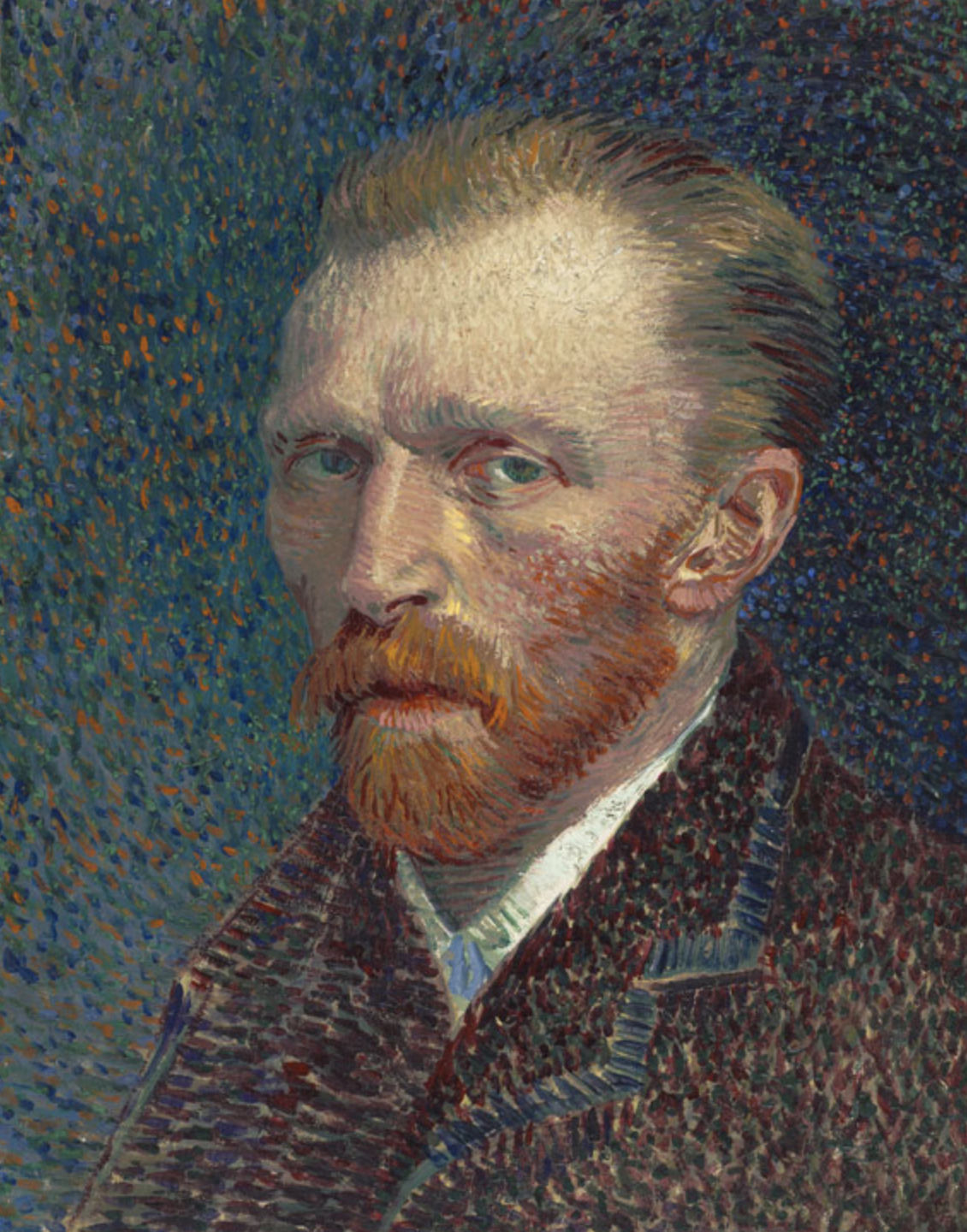
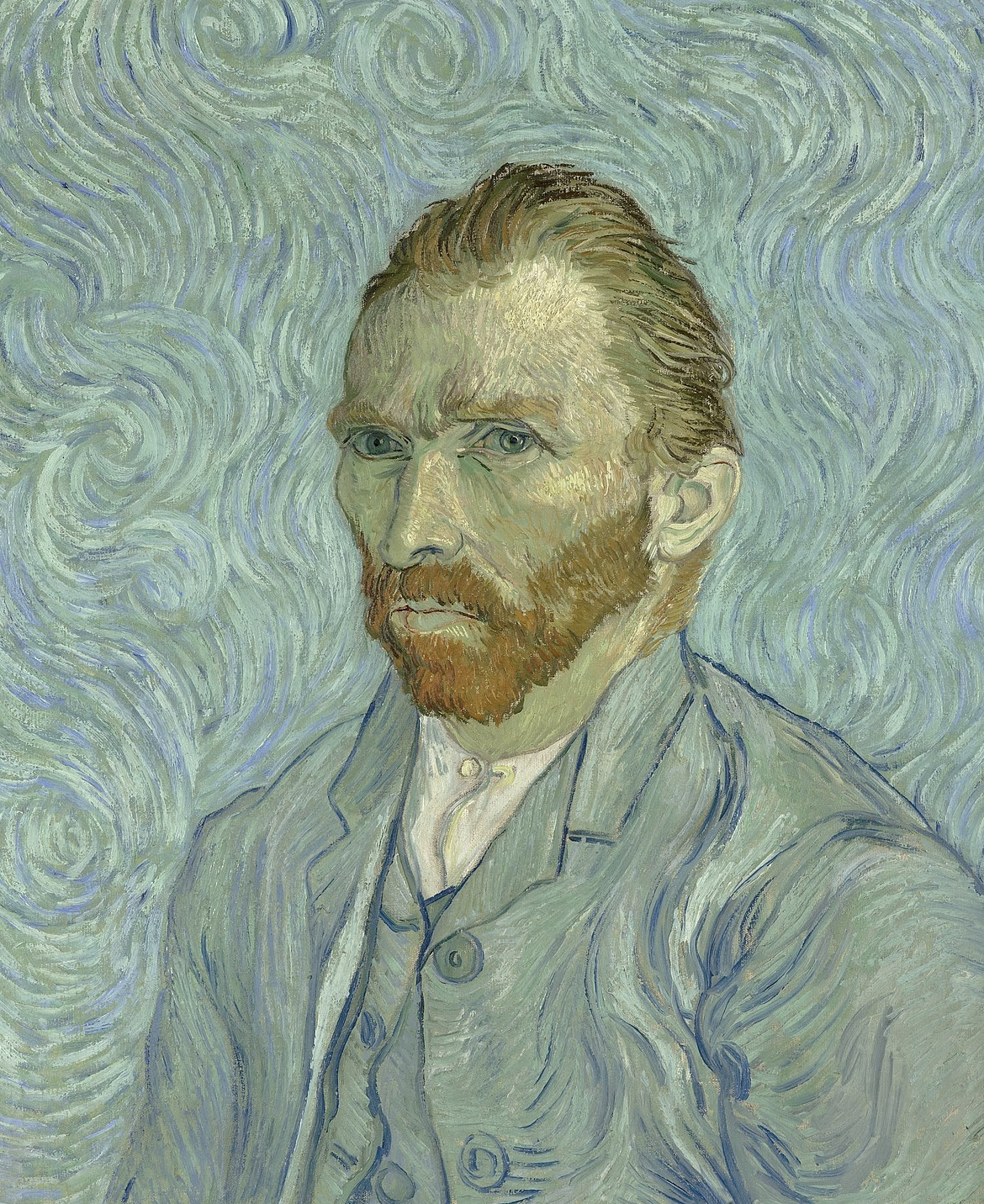
Van Gogh self-portraits (1889)
Claude Monet
In contrast, Impressionists such as Claude Monet used softer, more muted colours to capture the fleeting moments of sunlight.
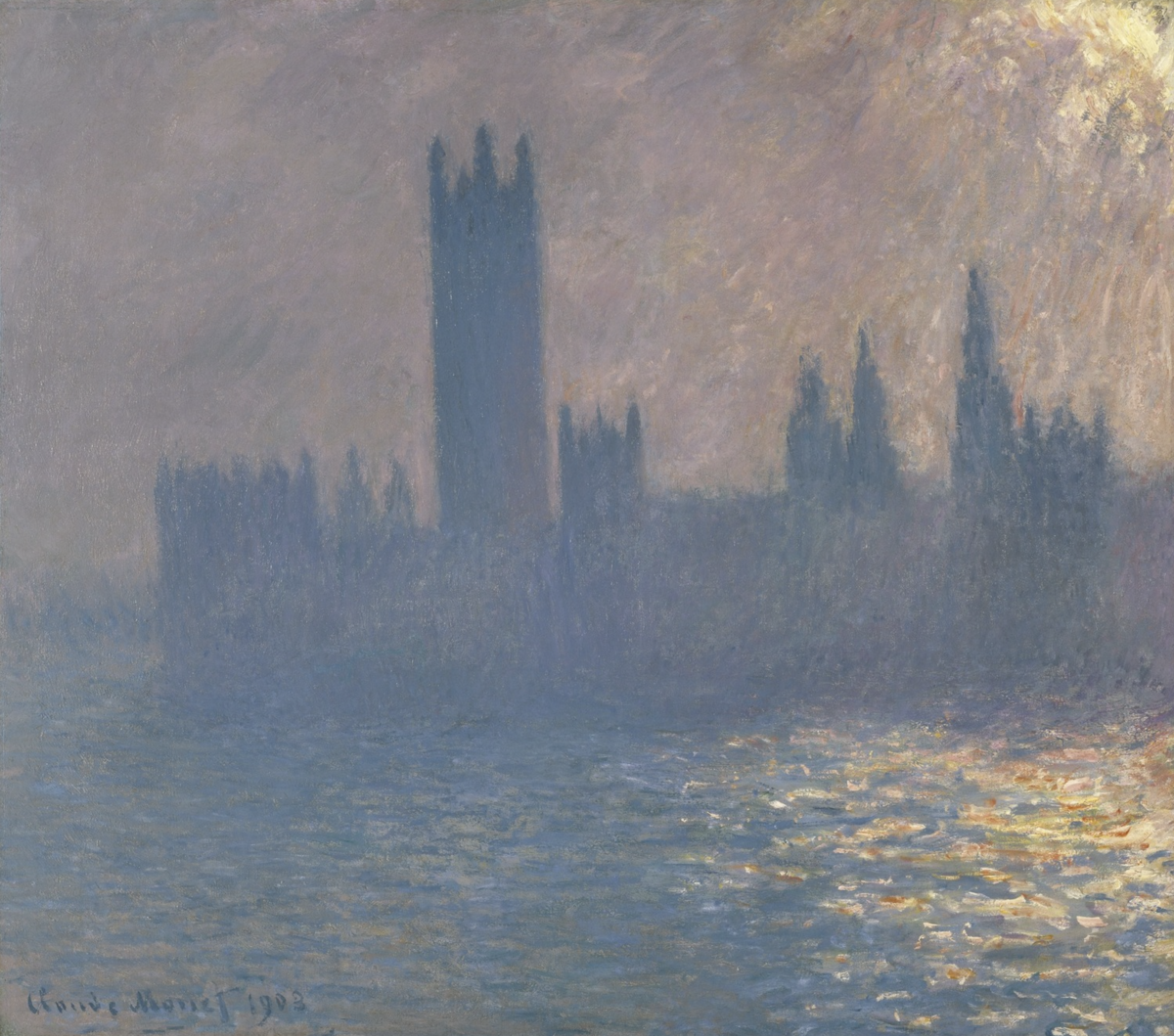
Claude Monet (French, 1840-1926). Houses of Parliament, Sunlight Effect (Le Parlement, effet de soleil), 1903.
Monet’s style was more naturalistic than van Gogh’s, and his use of colour was more subdued. However, like van Gogh, Monet believed that colours had the power to express emotions. He once said that “colour is my day-long obsession, joy and torment.”
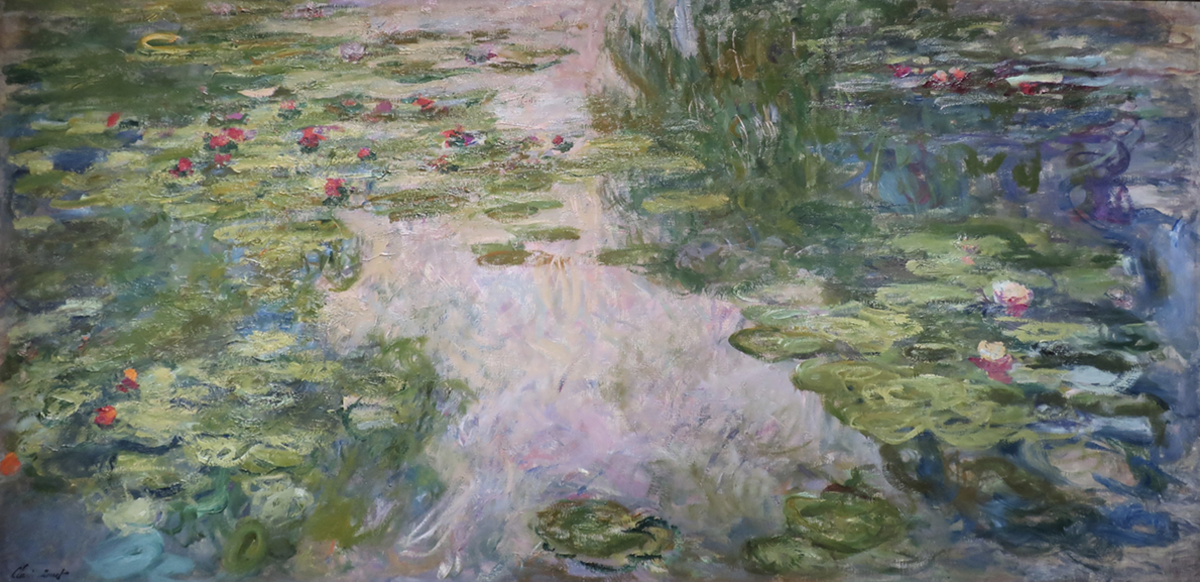
Claude Monet – Water Lilies, 1917-1919
Monet’s work is characterized by its delicate brushwork and soft colours. His paintings often depict scenes of nature, such as gardens or landscapes. Monet sought to capture the beauty of the natural world in his work. He was particularly interested in the way sunlight played on objects and how colours changed in different lights.
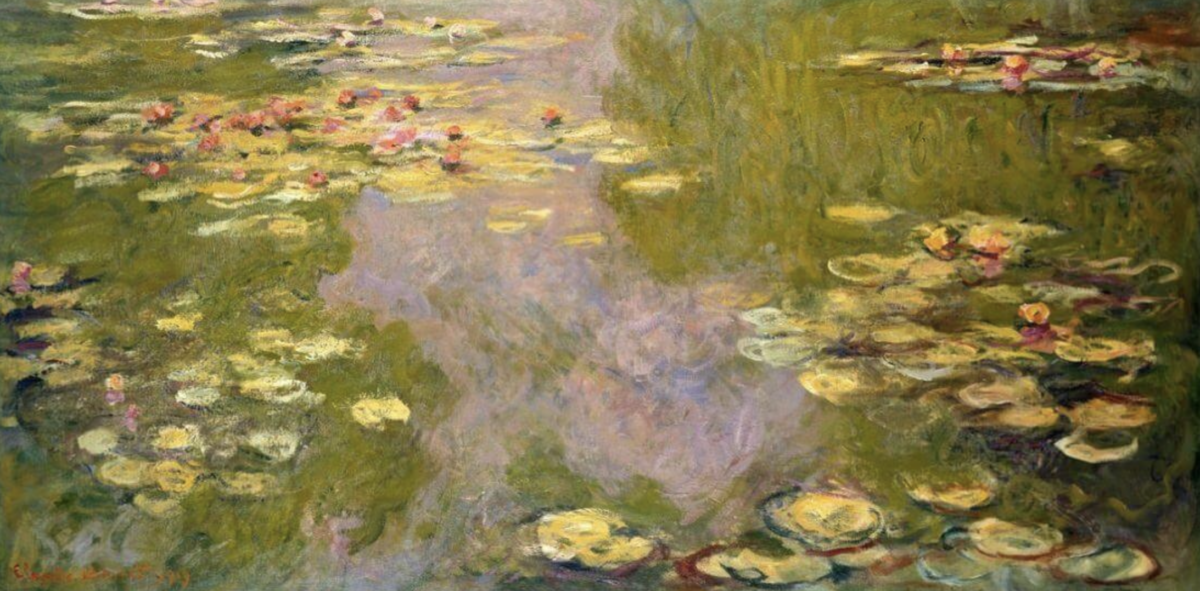
Water Lilies, 1916 by Claude Monet
To achieve this effect, Monet often painted outdoors, using natural light to illuminate his subjects. This approach was highly unusual at the time, as most artists worked in studios using artificial light. Monet’s experiments with light and colour had a lasting impact on the development of Impressionism. His work helped to establish the movement as a major force in the art world.
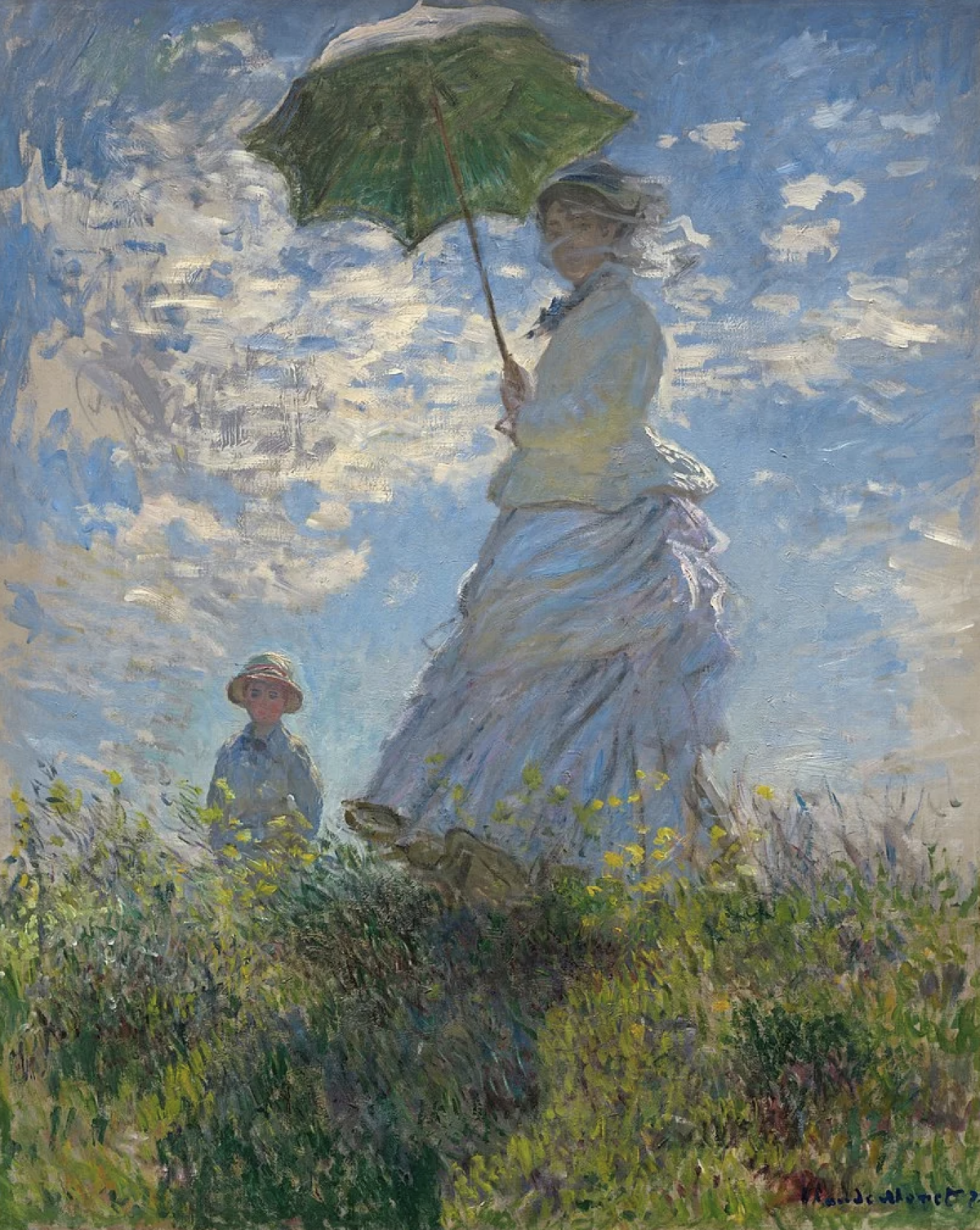
Woman with a Parasol – Painting of Camille & Jean Monet, 1875
The Water Lilies Series at the Orangerie in Paris marked Monet’s final artistic endeavour before his passing. In 1917, Monet’s close friend and statesman, Clemenceau, was re-elected as Prime Minister of France (his second term). During this time, Clemenceau informed Monet that the government intended to acquire 12 of Monet’s monumental paintings and create a dedicated exhibition space for them.
Although Clemenceau was not re-elected in 1920, the project to showcase Monet’s works persisted. After extensive discussions, it was decided to transform the Orangerie in the Tuileries Gardens into a suitable venue for displaying Monet’s masterpieces. In early 1926, Monet humorously informed Clemenceau that he was “waiting for the paint to dry.”
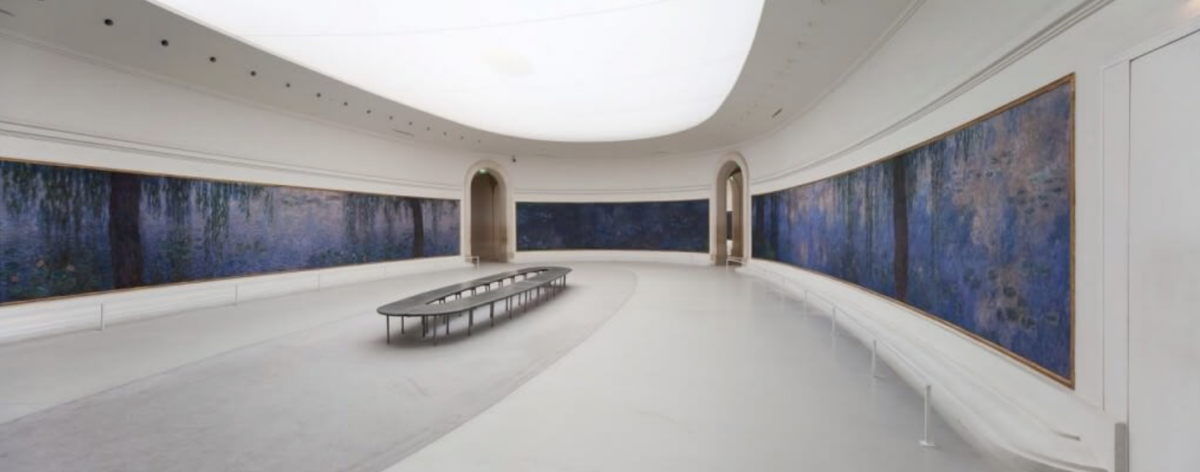
Water Lilies Series in the Orangerie by Claude Monet
Tragically, on December 5, 1926, Monet passed away. Shortly thereafter, his paintings were transferred from his studio, and in May 1927, the Orangerie was opened to the public, offering a magnificent display of Monet’s Water Lilies series.




